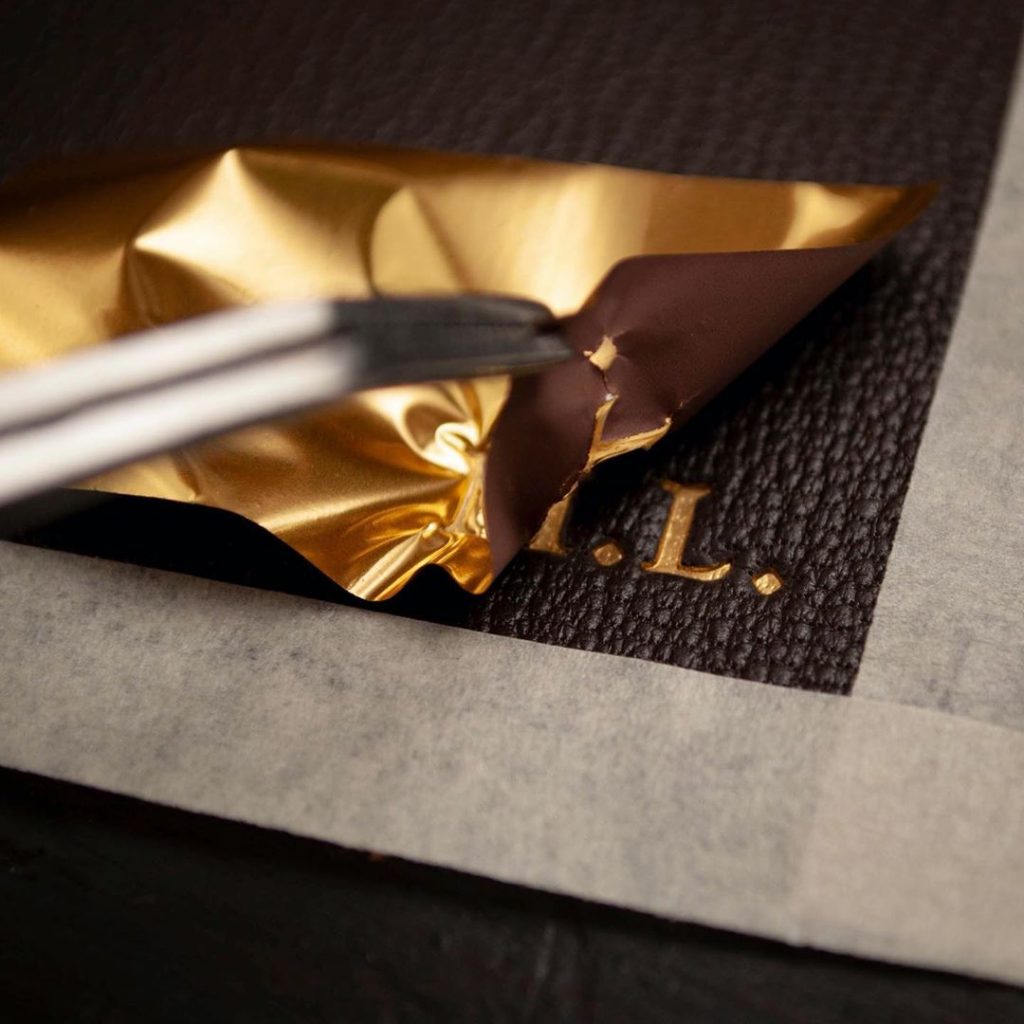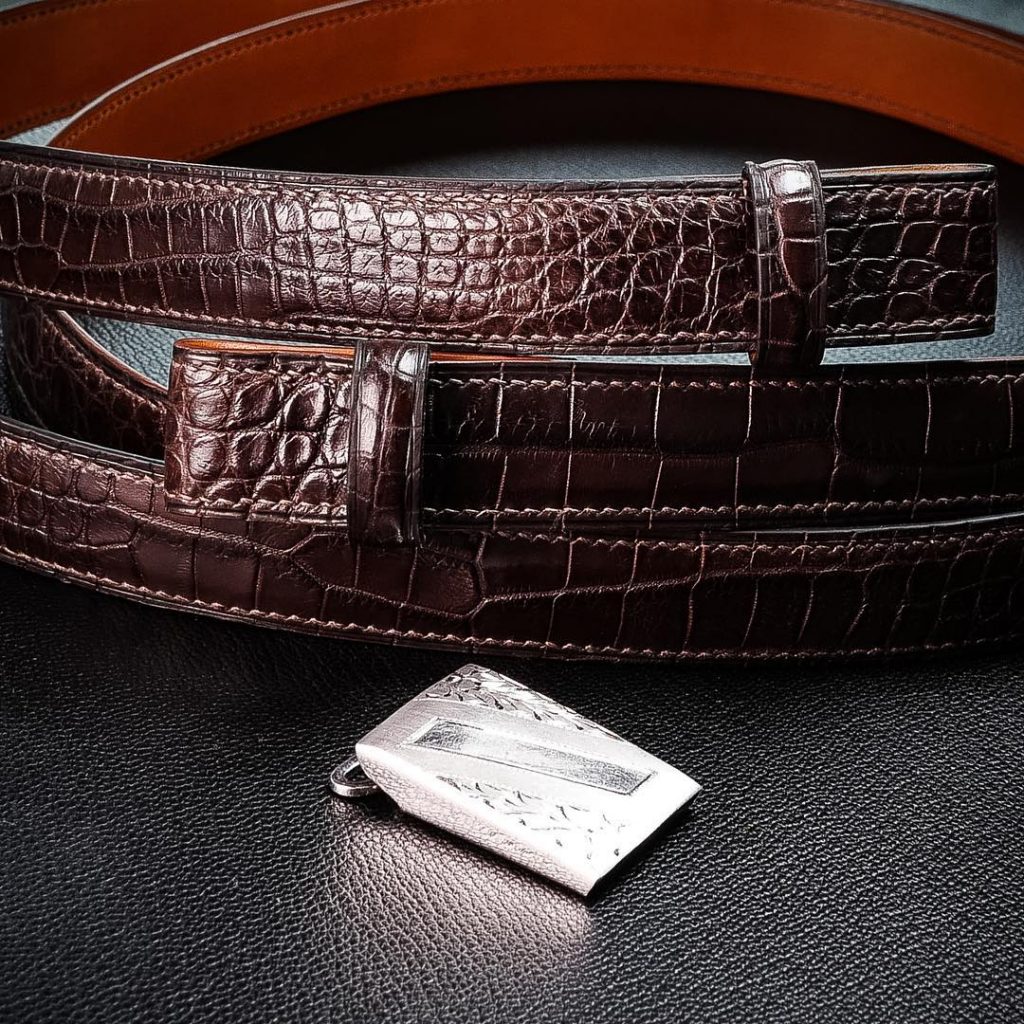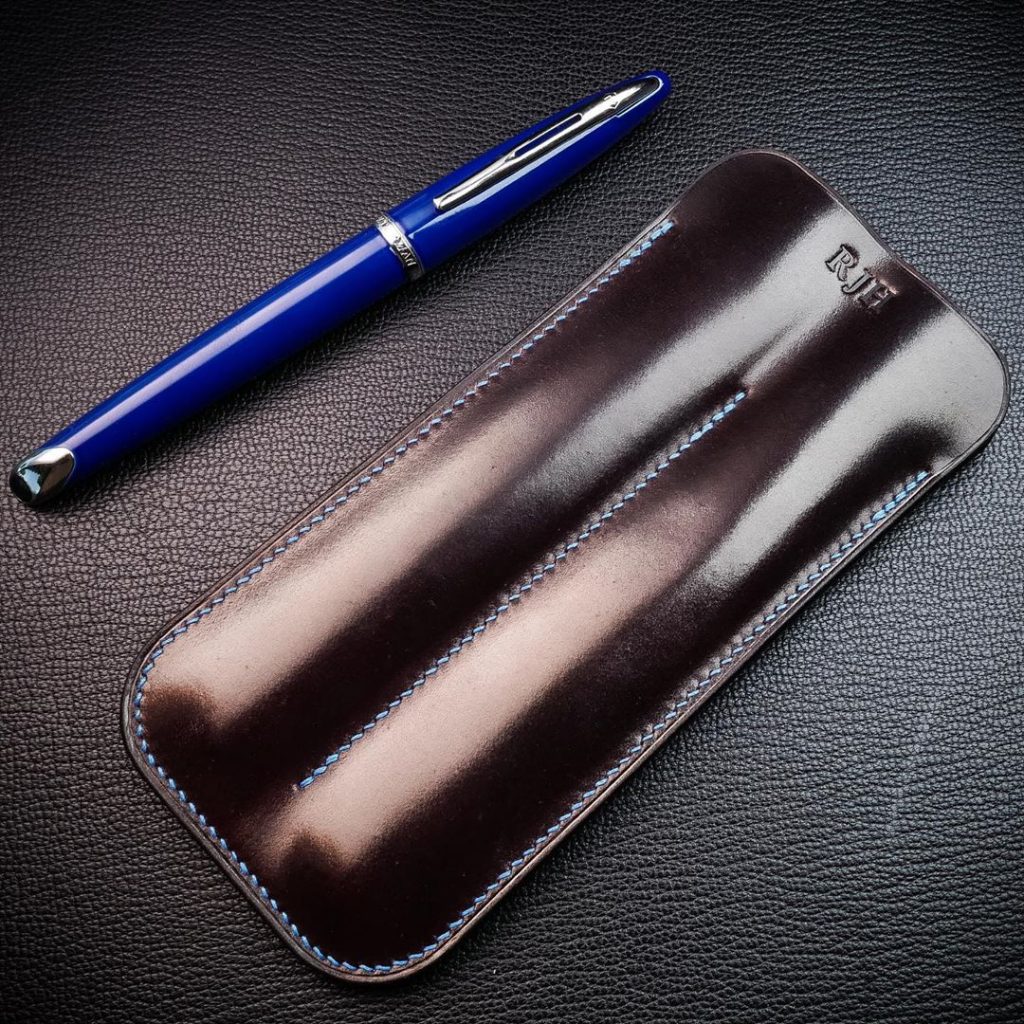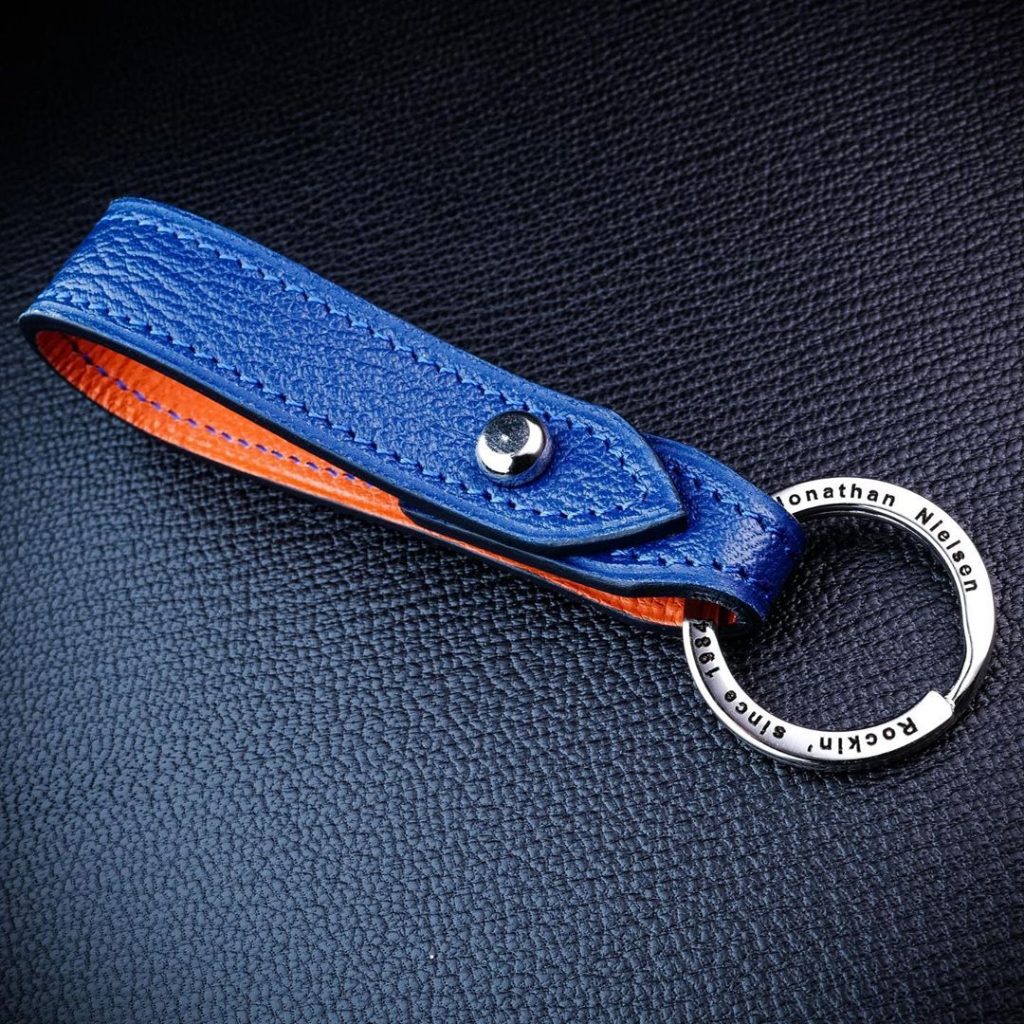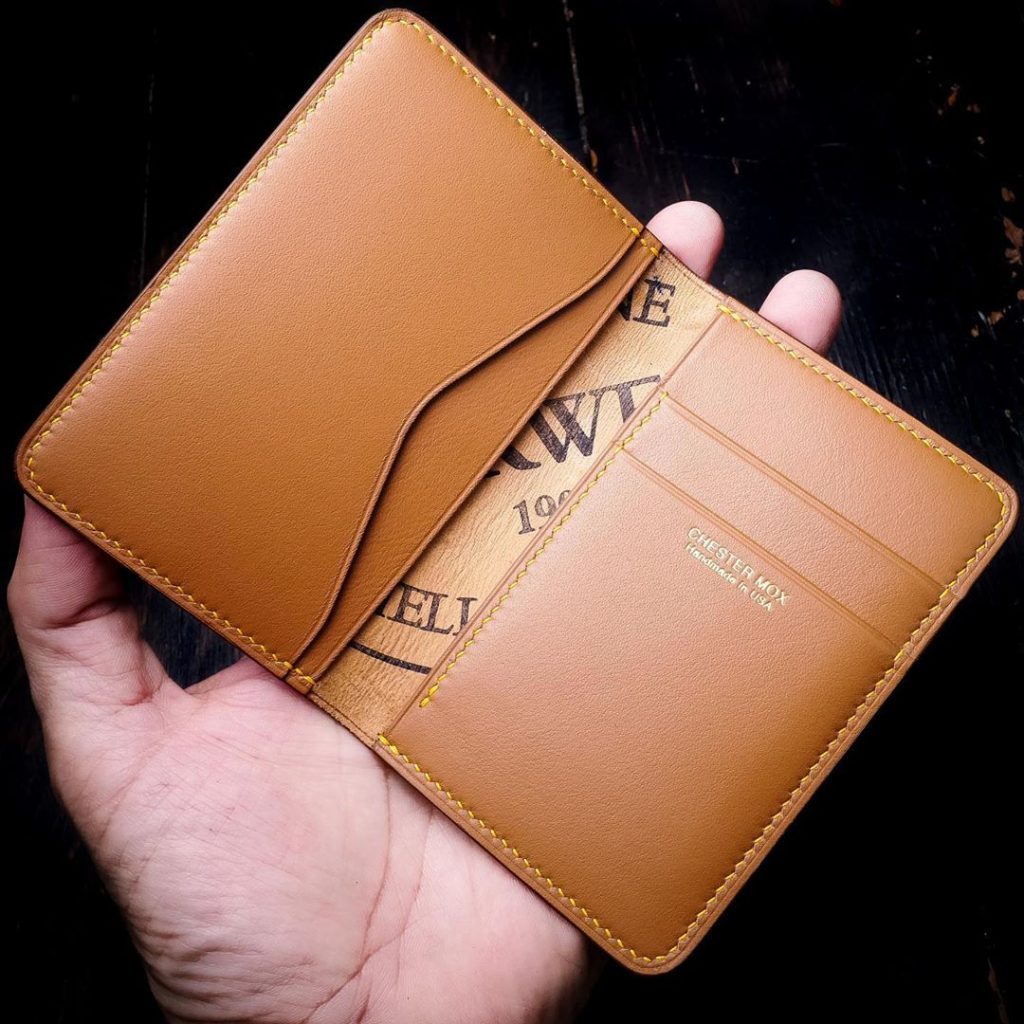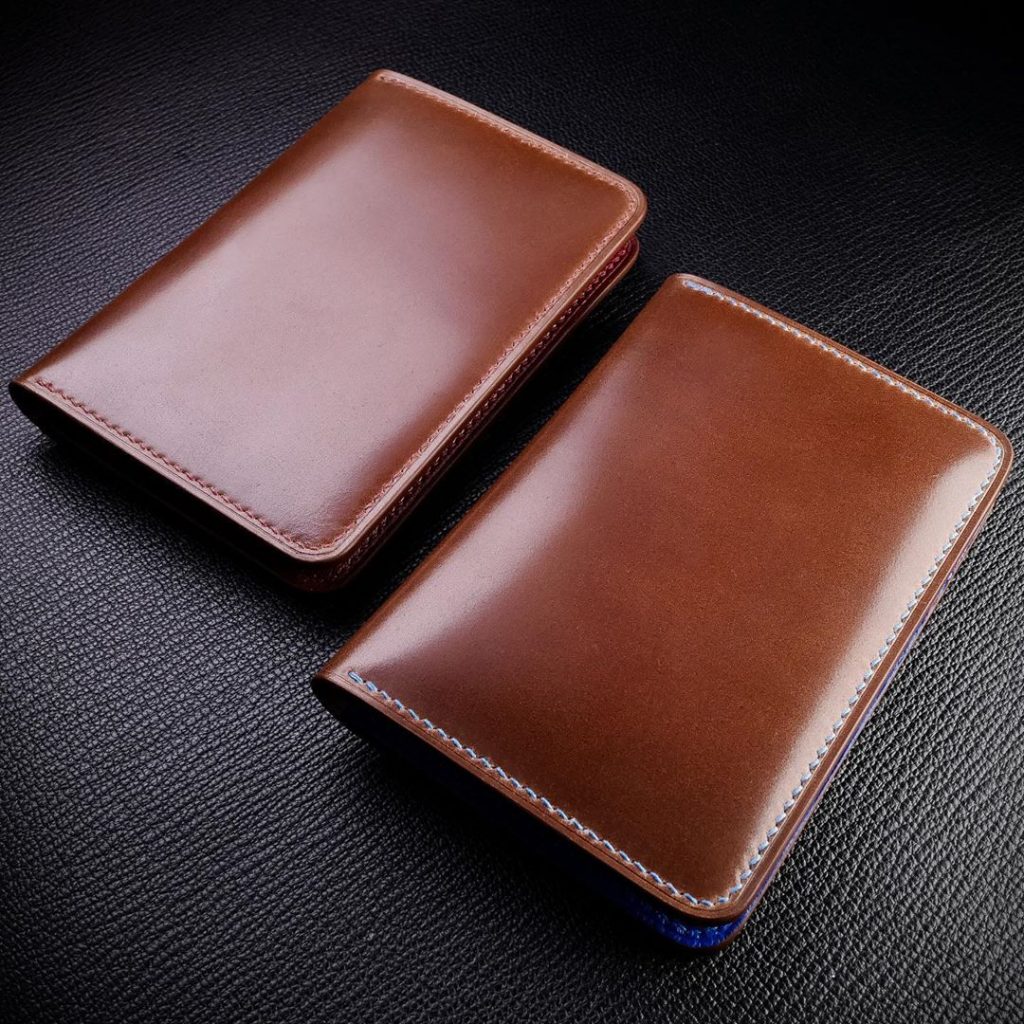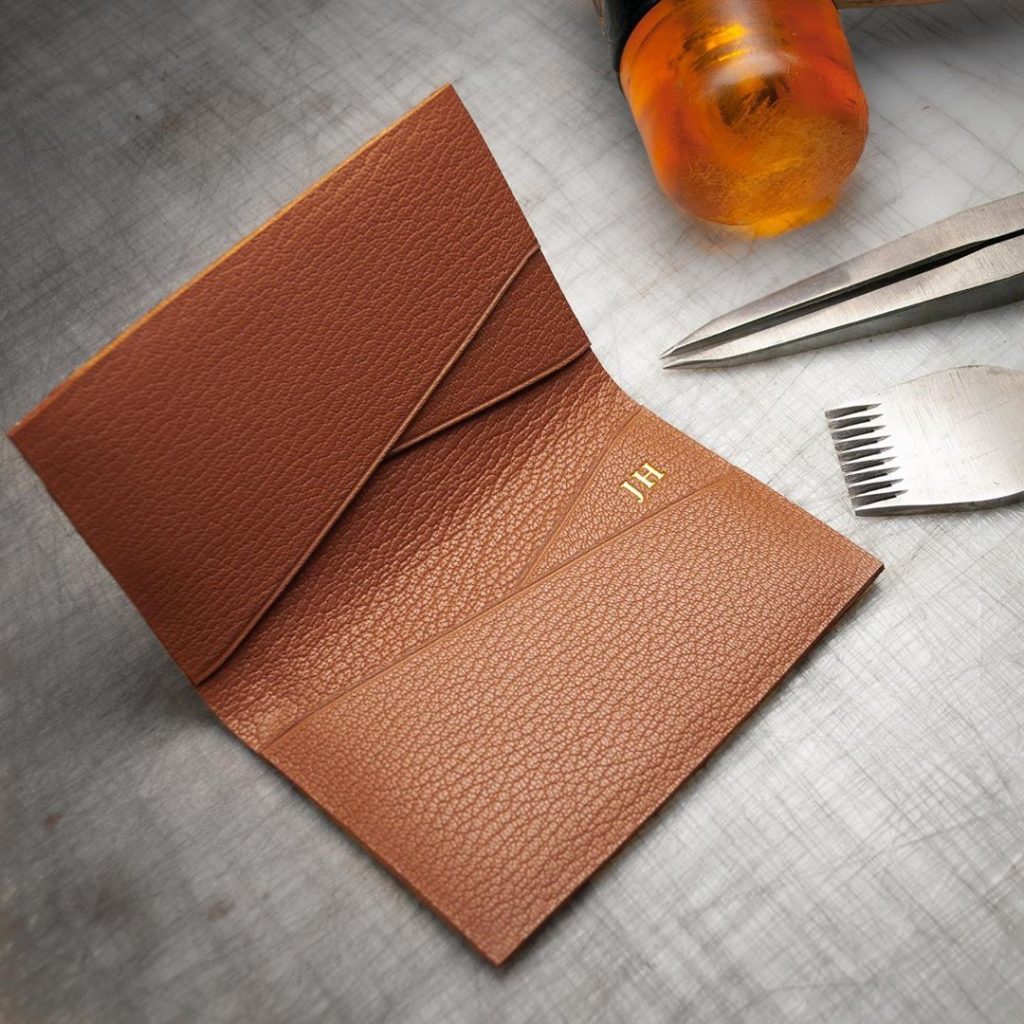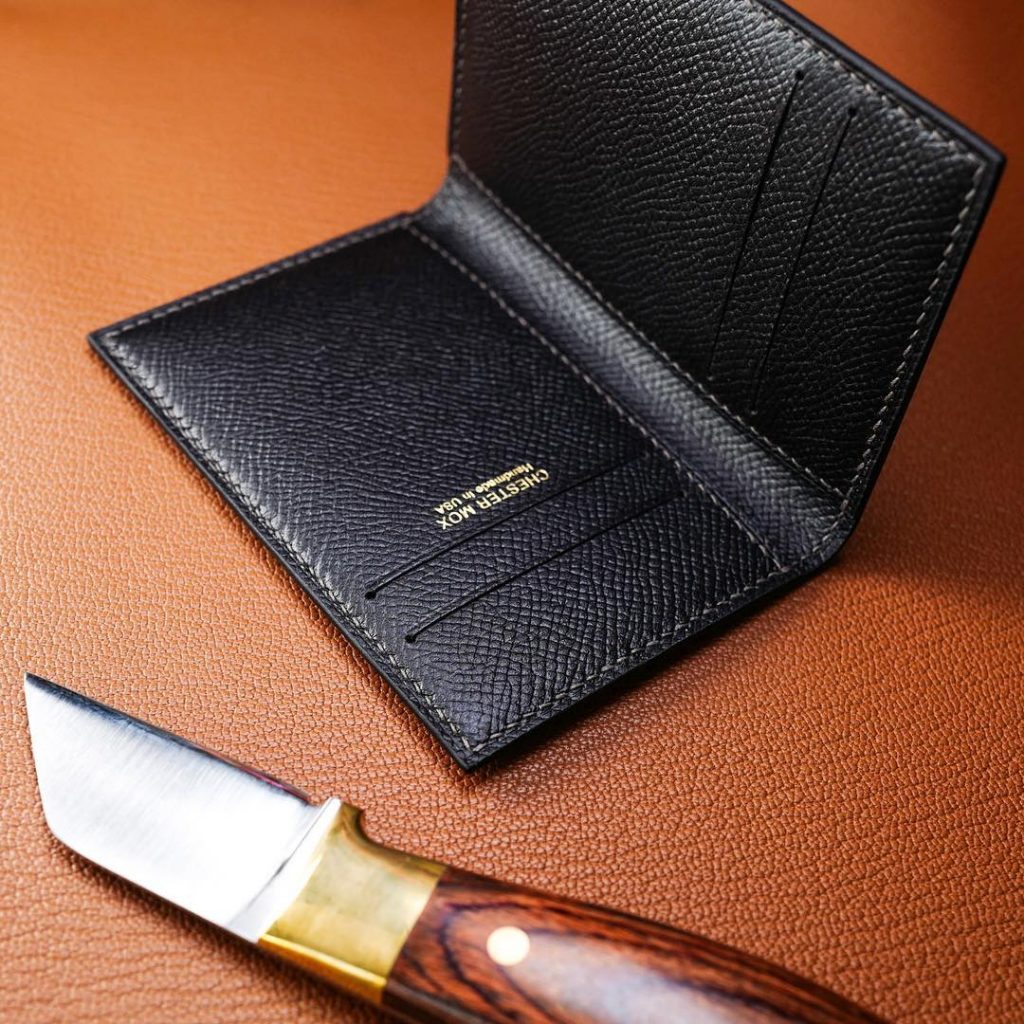
One of my favorite leather goods companies, Chester Mox, is holding a sale this week. Until Friday, September 25, you can knock 25% off (almost) any order with the checkout code FALL25. The code is good for anything on their website, excluding exotic leathers and bespoke orders.
I’ve been a fan of the company for years, partly because they offer such incredible value. The Los Angeles-based company is run by a husband-and-wife team — Bellanie and Brandon Salcedo — who have over a decade of experience in the leather goods trade. Many years ago, Bellanie graduated from an apprenticeship under a former Hermes leatherworker (who herself runs another notable high-end leather goods company). Since then, Bellanie’s work has been as good as anything I’ve seen come out of Japan or Western Europe.
Everything here is made upon order and entirely by hand. The leathers are sourced from top-end tanneries, including those who supply John Lobb and Hermes. Bellanie also uses what’s known as a saddlestitch. That’s when two needles pass through the same hole, either with an awl first piercing that hole and guiding a needle through or with the holes punched by hand using a pricking iron. The result is a much more durable seam. Whereas machine stitching can unravel if just one of the threads breaks, you need a special tool to pick apart a saddle-sewn one.
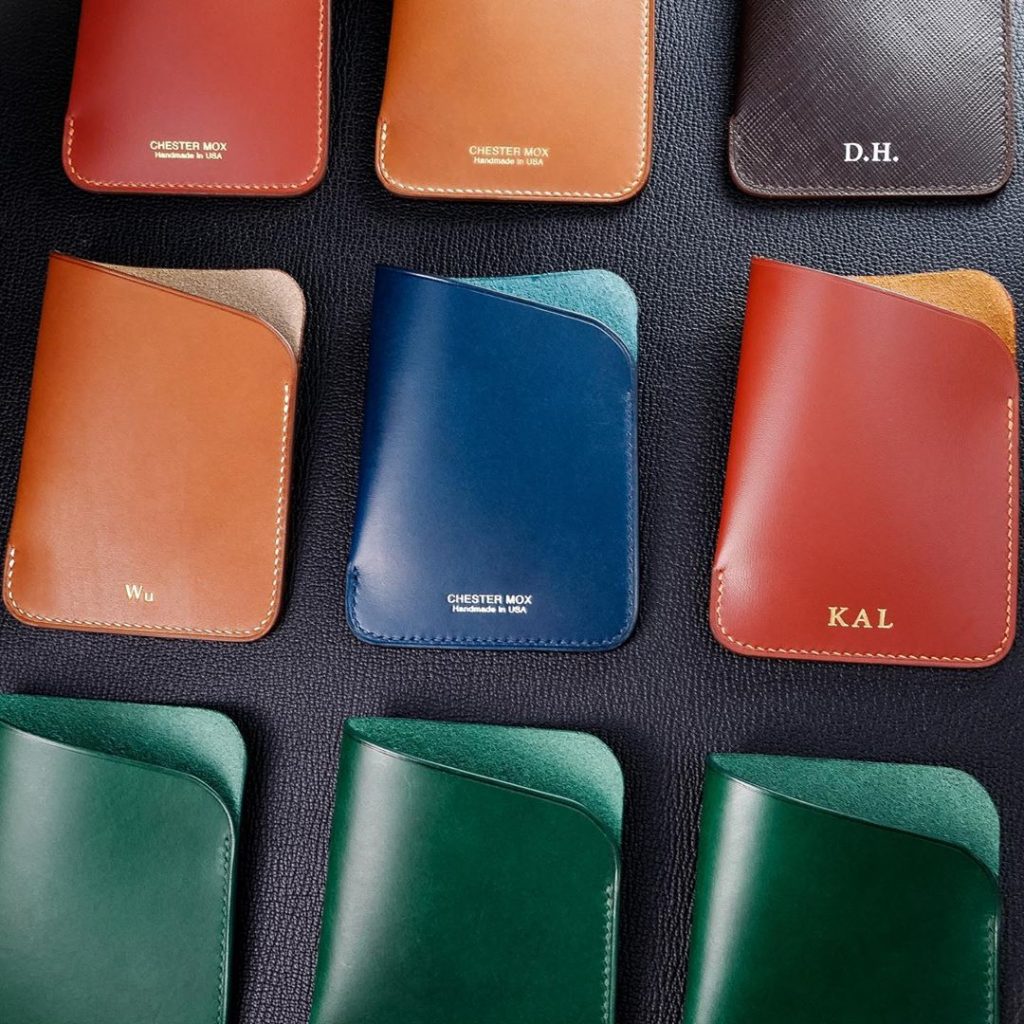
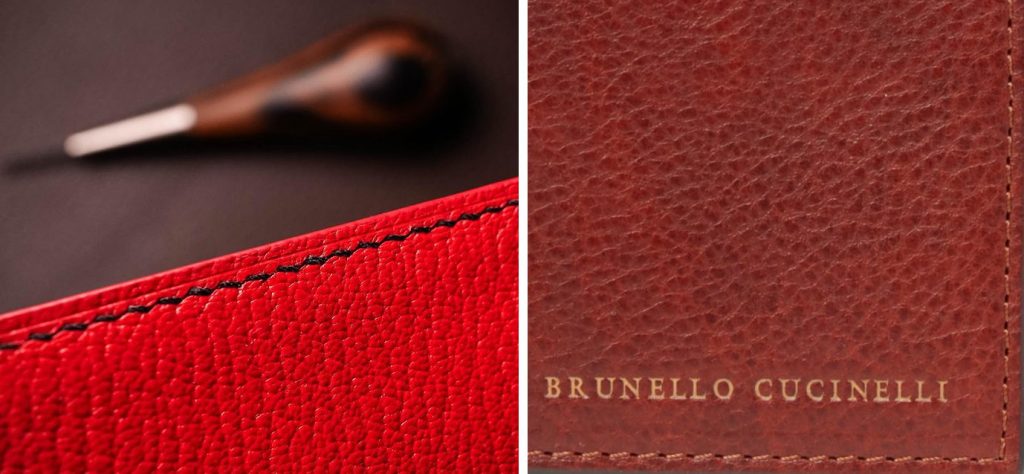
Once you develop an eye for saddle stitching, you can see where most luxury leather goods fall short. Compare the two wallets above. The bright red one on the left is from Chester Mox; the burgundy one on the right is from Brunello Cucinelli. The Chester Mox was hand-sewn, which you can tell because of how the stitches angle outward (like this: ////). The Cucinelli wallet, on the other hand, has a straight line of dashes (like this: ——). The saddle stitching is not only more durable, but it also looks a little better, to my eye, and carries a bit of artisanal charm. The stitching is neater, cleaner, and doesn’t have any visible holes. This is the same way leading leather goods companies, such as Hermes and Louis Vuitton, make their products. Ortus, an ultra-high-end Japanese maker, also uses this technique.
While the techniques are the same, the prices are night and day. A small French company once quoted me something like $1,500 for a custom wallet (Chester Mox prices at the time were about 25% of this). The machine-made Cucinelli billfold wallet pictured above is $545 at Mr. Porter. A hand-sewn one from Chester Mox is $325. Or $244 with the current promotion. One of the reasons why the company’s prices are so competitive is because you’re buying directly from the person making it (quite literally).
Since everything at Chester Mox is handmade and made-upon-order, it’s easy to get things customized. If you see a particular model you like, but it’s not offered in leather you see elsewhere on their site, you can contact them for a special order (I usually browse their Instagram to check out the available leathers). You can also get monograms, have things made with linen or waxed threads, get different thread colors, etc. The promotion doesn’t apply to bespoke orders, where you design something from scratch, but it’s not difficult to get things made however you’d like.
My favorite item from them is one of their cheapest: their dogleg card case, which I use in conjunction with an Elsa Peretti money clip. They also offer hand-sewn watch bands, compact bi-folds, and folios.
